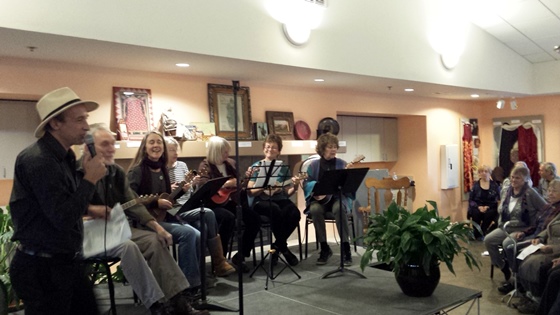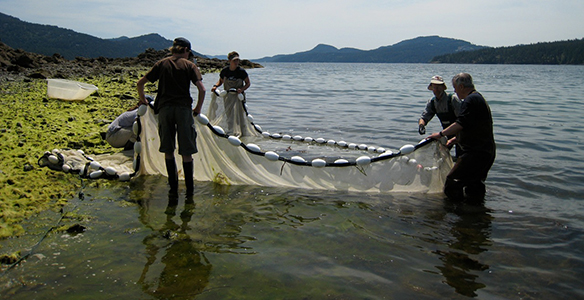||| FROM SADIE BAILEY |||
My guest editorial of January 23 concerning the Port Special Meeting generated interest; I am grateful.
However, some of my facts were wrong or misleading. The Port was concerned about this and what they thought was my alarmist tone. True, I can be alarmist – not without reason when it comes to the continual trashing of the environment, which I touched briefly on in the first opinion piece and comments.
I was invited to meet with two commissioners and Port Manager Kim Kimple. We went over what I got wrong or misunderstood, outlined below. They offered to help me present accurate facts to the Public; not to stifle my voice or opinions – those are my right. But I agree that even in an opinion piece, accuracy is important.
I’m happy to report that once Kim gets her feet under her with learning the new Manager’s job, she expressed interest in writing some things for the website and the papers to keep the Public abreast of what’s happening. A blog was suggested that may happen on the Port website. Jason Laursen, another of our commissioners, had suggested a facebook page at the last regular meeting. These are all positive steps forward and I hope they generate more interest and participation. Kim has put the acronyms on the Port website so we can all decode them. In the meantime, I’m happy to write and have them fact check me.
Corrections, as I best understand them:
- Each Master Plan lays out projects the FAA wants the Port to accomplish, and a timeline in which they might be done. I had said that these must be done, but that’s not entirely true. If the Port doesn’t have the land, or if there are other safety priorities, or if funding comes up now that supports something else needed, like the Bipartisan Infrastructure Law (BIL); then things change and adjustments are made. One of those is a Mod-to-Standard (5 year extension where the Port doesn’t have to act on something not doable or feasible.) This makes my timeline paragraph irrelevant.
- All airports who pick up passengers, whether public or private, urban or rural, are categorized as ‘commercial.’ See this link.
- The Cares Act monies do not determine monies that taxing district commissioners are entitled to if they want to take the money for attending meetings; that’s determined by the State for each taxing district. The increase offered to Port commissioners is on the condition that the Port has $1 million or more in their coffers.
- The BIL monies specifically can cover costs for revenue-generating projects; it’s a rarity when other funds can be used toward these. This is why building hangars sooner than later makes sense in the order of projects – the monies are there now. Not saying I’m for this many, but there are 32 people waiting for hangars, so I get the Port’s reasoning that this will generate future monthly income.
- The whole thing I wrote about the 75′ runway separation was wrong. Eric Gourley’s comment and solutions outlined one part of it; the increased separation distance of runway from taxiway. Widening the runway from 60′ wide to 75′ is the other part. I hope to understand this better soon or that Michael Triplett or Kim will enlighten us on this; and what parts of it force the B-2 category of up to 79′ wingspans. One-size-fits-all rules that are too overblown for our rural island and airport warrant polite yet firm and consistent reality checks to the FAA. Rules can be adjusted to fit the reality
- There are two MedEvac helicopters used interchangeably; one is orange, the other, blue and white. They belong to Airlift NW, an entity of UW Medicine. There was a fair amount of discussion and questions about it with a rep from Airlift NW and the commissioners at the last regular meeting. A rep from LifeFlight was also present.
I believe that with our attention to what’s happening with the Port, the current Port commissioners and Kim (and Jeannie before Kim), will better address environmental and wetland issues than in the past. The one takeaway I hope people get is that the commissioners and manager want to hear from us; they can’t represent us otherwise.









Sadie,
As others have commented before, I (and I am sure many other islanders) deeply appreciate your setting this information out, and straightening out any errors or misunderstanding. This allows us to better understand what is happening at the airport and with the Port management. Many thanks.
Thank you, Sadie, for distilling these items for us. And kudos to you and Port staff for working together to improve information flow!